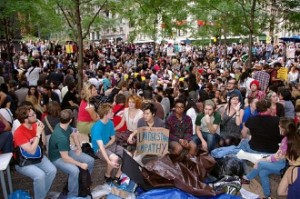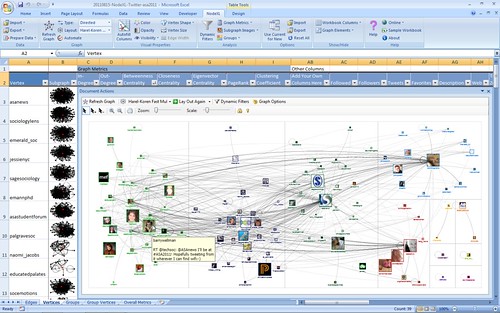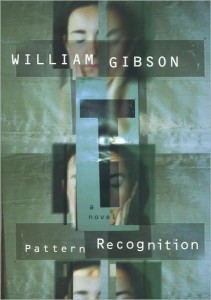A couple of weeks ago, I wrote a post about theOWS movement. Jeffrey Goldfarb, from the blog Deliberately Considered, provided insightful comments on this post which led to a productive e-mail exchange, and a plan to continue the conversation. Last week, I posted on Deliberately Considered, and Goldfarb responded. Below is my DC post and Goldfarb’s response.
Slacktivism Matters
Posted on Deliberately Considered by Jenny Davis, October 6th, 2011
Two recent posts on Deliberately Considered, one by Scott Beck and the other by Jeffrey C. Goldfarb, examine the role of social media in social movements. They demonstrate the way in which social media allow us to harness the power of the people, contest the interpretations of mainstream media, organize, and mobilize. They show how, through communications on digital networks, physical bodies have come together in physical spaces, protesting both ideological and material conditions.
The points made by Beck and Goldfarb are important ones, yet I believe they should be extended. In particular, we need to address not only the ways in which these new media technologies work to bring together and document the physical bodies who occupy physical spaces. We also must examin the role of those whose activism never goes beyond the digital realm. We must look at how this latter group, colloquially referred to as slacktivists, matter.
Slacktivism matters in two interrelated ways: 1) increasing visibility and 2) generating a particular zeitgeist surrounding social movements. more...










 However as most people will quickly realize, the online gaming world is very similar to the “real life” world and strong assumptions and stereotypes regarding players still exist. Players can largely avoid racial stereotypes as it’s hard to tell the race of the person behind the screen, however, gender stereotypes are harder to escape.
However as most people will quickly realize, the online gaming world is very similar to the “real life” world and strong assumptions and stereotypes regarding players still exist. Players can largely avoid racial stereotypes as it’s hard to tell the race of the person behind the screen, however, gender stereotypes are harder to escape.